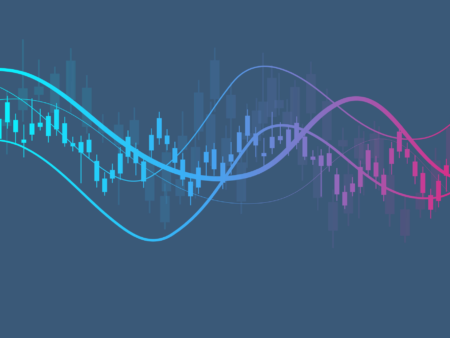We can define technical analysis as a trading discipline that is used for the evaluation of investments and identification of trading opportunities.

Over and above fundamental analysis, technical analysis is also considered a key approach while investing in the Forex marketplaces. Forex traders time and again discuss which of these two categories of analysis is excellent. In reality, both fundamental, as well as technical analysis, is considered necessary if you would like to know the full scope of the trading marketplaces.
What Is Technical Analysis (Forex)?
Technical analysis involves studying the historical cost action to determine patterns and establish probabilities of future marketplace movements. Technical analysis has existed for a long, on the condition that the marketplaces are constantly driven by demand and supply.
Initially introduced in the 1800s by Charles Dow and the Dow Theory, technical analysis has advanced to integrate hundreds of patterns and indications developed in years of research.
The three assumptions that have persisted to shape the framework for technical analysis trading include marketplace discounts, cost moves in trends, and the past tending to repeat itself.
Technical analysis can be utilized on any safety measures by way of past trading data, together with stocks, fixed-income, futures, commodities, currencies, and so on.
Technical analysis is far more established in Forex marketplaces where traders focus on the top of interim cost movements.
How To Use Technical Analysis In Forex?
As cited above, technical analysis is for the most part the study of an asset’s existing and past prices, which is evidence of the differing selling and buying forces, and these forces are narrowly linked with the passions of investors & traders.
There are several ways to learn patterns in financial marketplaces, together with the utilization of technological studies, signals, and other assessment tools.
Traders draw on signals to identify readily available trends and work out trends that may materialize in the future. Seeing as technical analysis signals are imperfect, a few traders take advantage of manifold signals as a technique to cut risks.
Cost Chart Analysis
The cost chart illustrates the price of two currencies exchanged and keeps changeable occasionally. There are three models of cost charts that are usually utilized in technical analysis i.e. line chart, candlestick chart, and bar chart.
Technical Signals
Traders at all times use a multiplicity of different signals metrics to undertake and settle on marketplace trends, based on charts and past cost action. There are several kinds of technical signals, making every trader can make use of the different signals.
Resistance & Support Levels
Making out the trend of an asset’s value is the principal aim of technical analysis, and trend lines can facilitate establish prospective areas where the trend might be turning around. Resistance & Support levels are vital to establishing the tendency of an asset. They also symbolize levels where costs could turn around to set up a new trend or a new progress in the core trend.
Technical analysis of a marketplace can help you establish not only at what time and where to enter a marketplace, but much more significantly, at what time and where to get out. As a result, it is essential to understand how to work out technical analysis.











